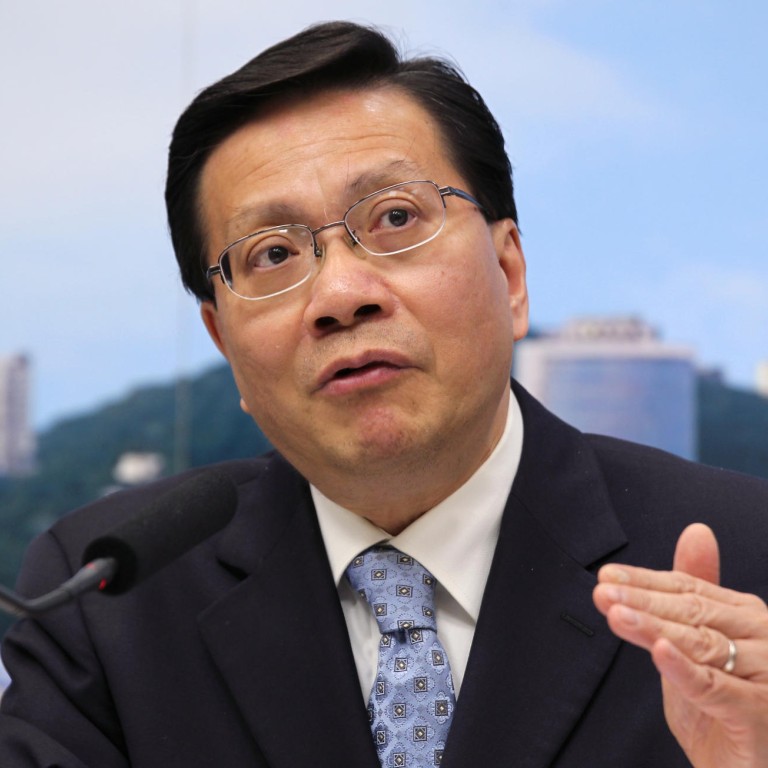
Public housing to account for 60pc of new flat supply
Government adjusts property mix as it seeks to provide the 447,000 extra homes it is estimated the city needs to build over the next 10 years
Public housing will take up 60 per cent of new residential supply in the next decade, from the current 50-50 share with private flats.
The marked change of policy direction was announced yesterday as the housing minister wrapped up discussions with the government's housing advisers.
We have come to some consensus as to the future direction. Given the current demand, the government should take a more active role and do more in providing public housing
"We have come to some consensus as to the future direction," Secretary for Transport and Housing Professor Anthony Cheung Bing-leung said. "Given the current demand, the government should take a more active role and do more in providing public housing."
Cheung said the ratio of public to private housing in new supply in the next 10 years would be 60 per cent to 40 per cent, based on an earlier estimate that the city would need 447,000 new homes during the period because of population growth and redevelopment.
The idea is included in a paper that sums up recommendations from the past nine meetings of the Long Term Housing Strategy Steering Committee. The paper will be finalised for a three-month public consultation, starting in September.
The supply of public rental homes has long been deemed inadequate, with more than 228,400 applicants now on the waiting list.
In the past, the government had targeted building 15,000 new rental flats and 5,000 subsidised homes for sale each year.
For the private sector, it adds new plots to the land-sale list each year to make sure all the plots can yield a total of 20,000 homes. This policy leads to an equal ratio between public and private flats.
Of the current stock of completed flats, 47 per cent are public and 53 per cent are private.
Committee member Stanley Wong Yuen-fai said the new ratio was "conceptual" and should not be applied rigidly to all areas.
For example, in the proposed plan for the new town of Hung Shui Kiu, officials have kept public housing at 50 per cent in order to dilute the mix in neighbouring Tin Shui Wai, where public homes make up an overwhelming 80 per cent.
Lee Wing-tat, a former lawmaker who now runs concern group Land Watch, supported the new ratio because he said private flats had become unaffordable for the ordinary Hongkonger in recent years.
Another committee member, Lau Ping-cheung, disagreed with setting a fixed ratio "because the property market and demand for private homes fluctuate with the economy".
Cheung said another recommendation in the consultation paper was to let non-elderly single people above the age of 35 obtain public housing more quickly, by building new blocks specifically for them in existing rental estates.
Wong, who is also vice-chairman of the Town Planning Board, did not like this idea. "It would take away breathing space and recreational sites for residents, defeating the careful planning in the first place."
The minister said the annual quota for non-elderly single people, now capped at 2,000, would be adjusted slightly.
About half of all applicants waiting for public housing are non-elderly single people, but they are not guaranteed an allocation within three years, as is the case with family applicants.
The consultation paper will also invite comments on a licensing system to improve the safety of subdivided flats.

